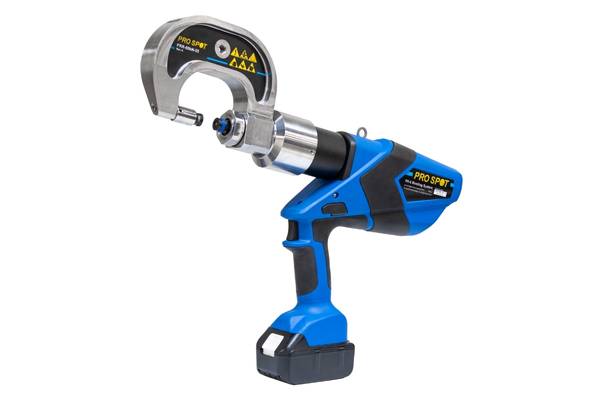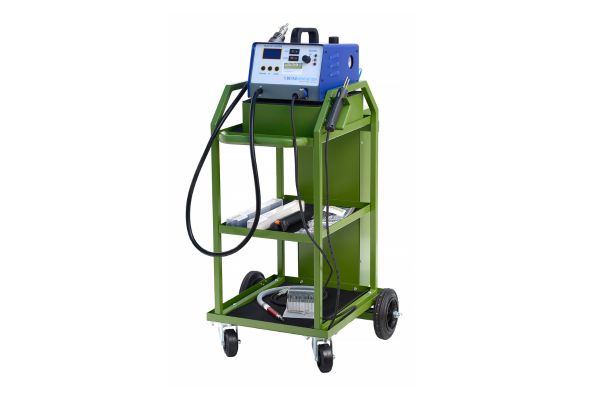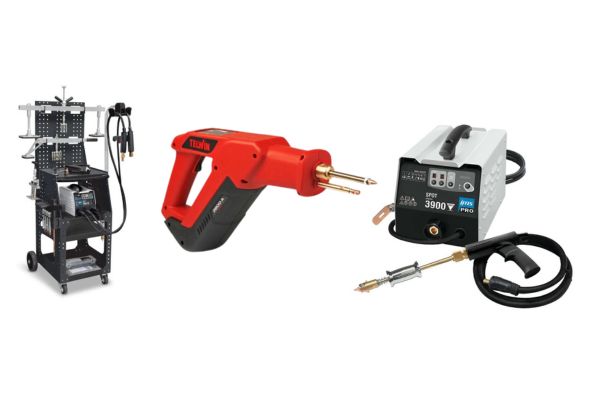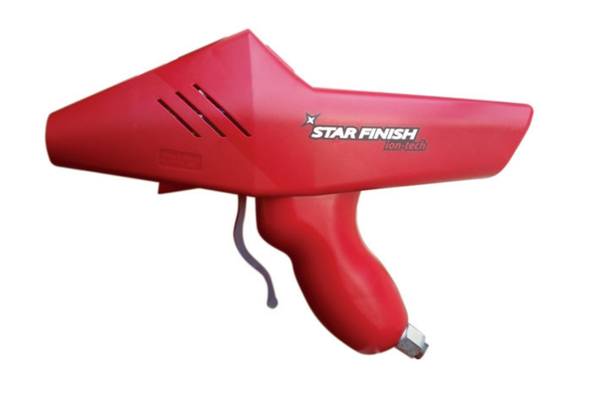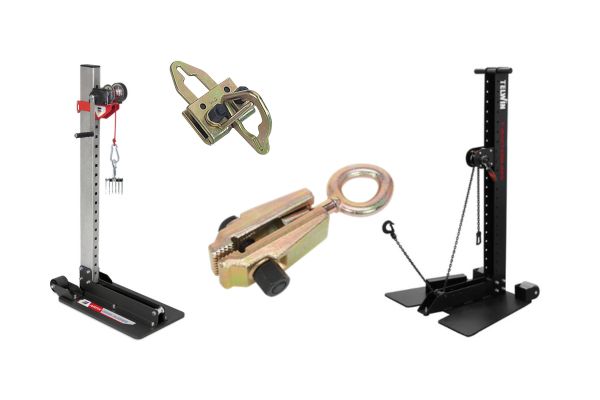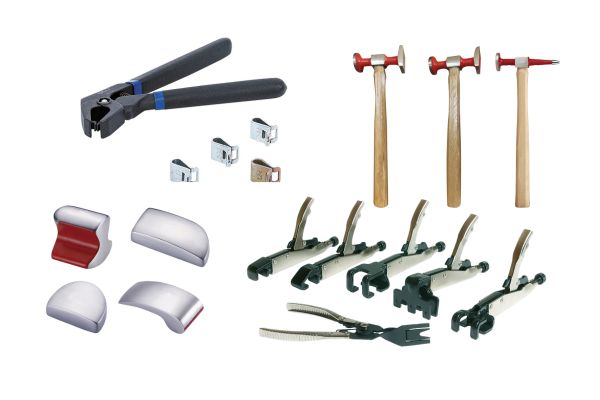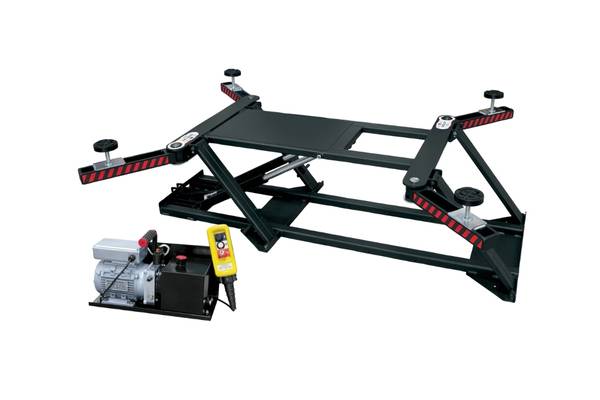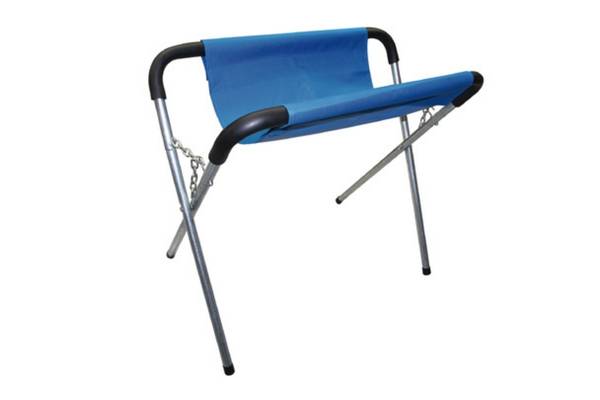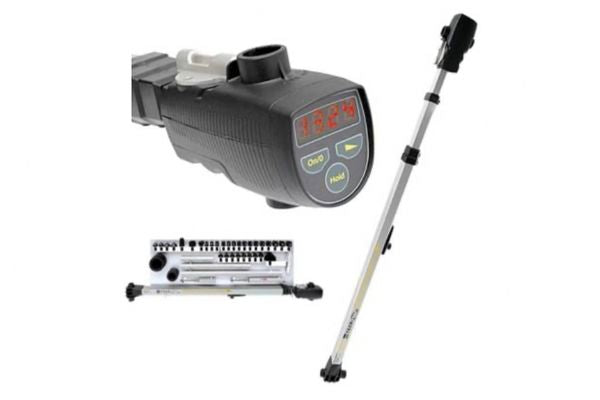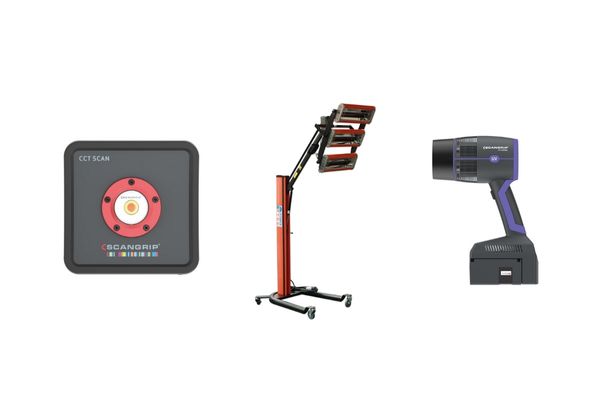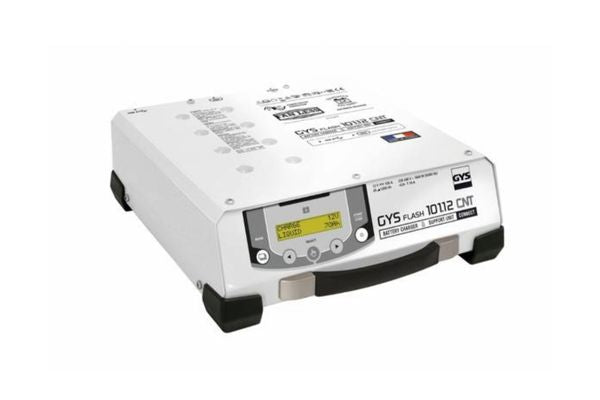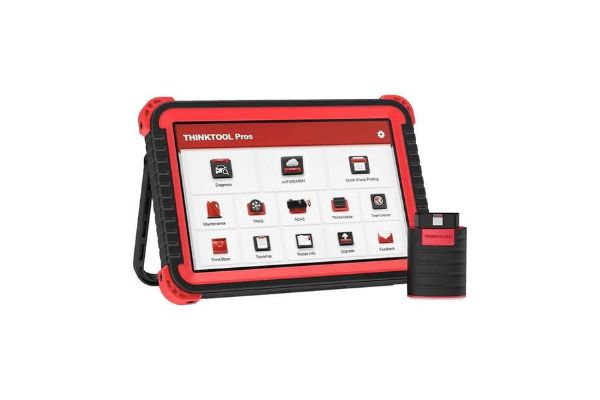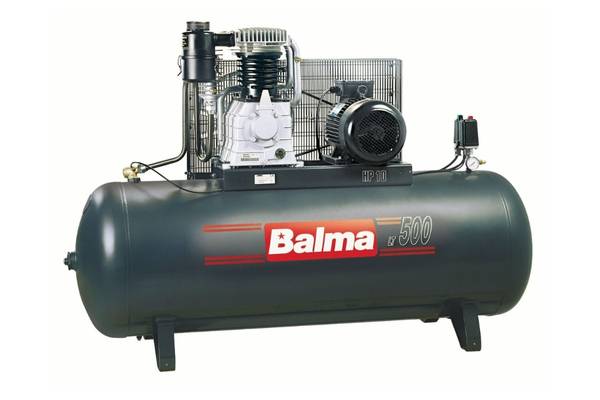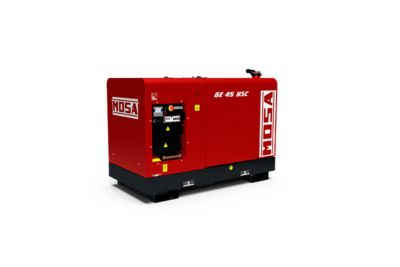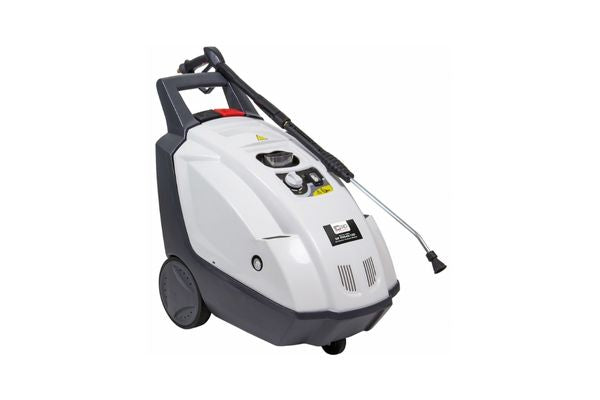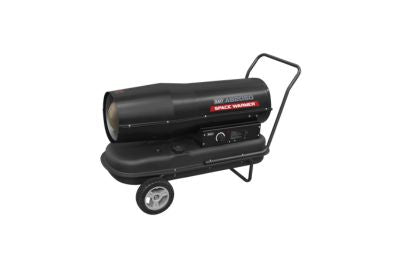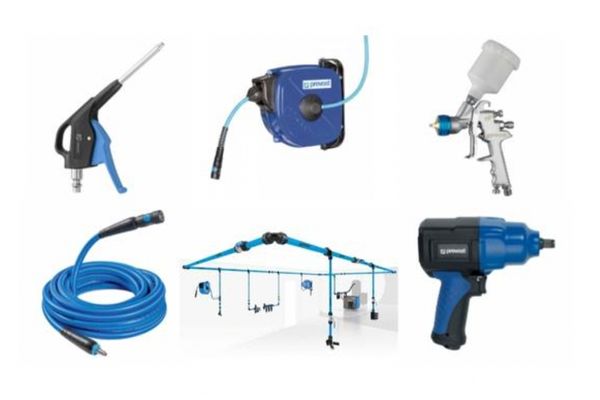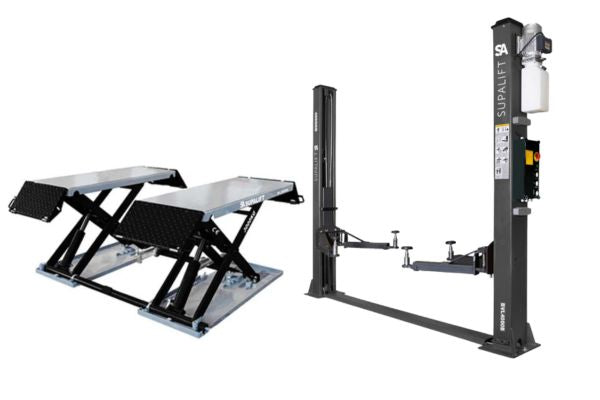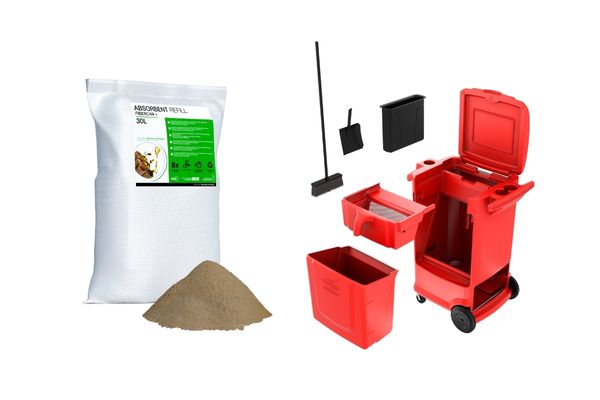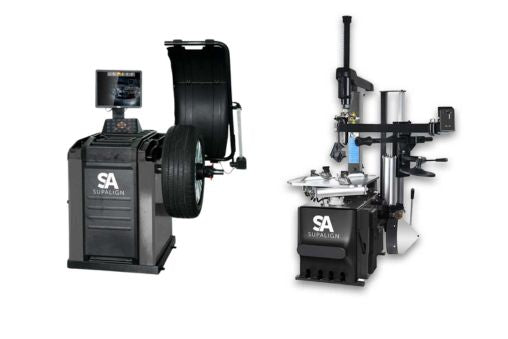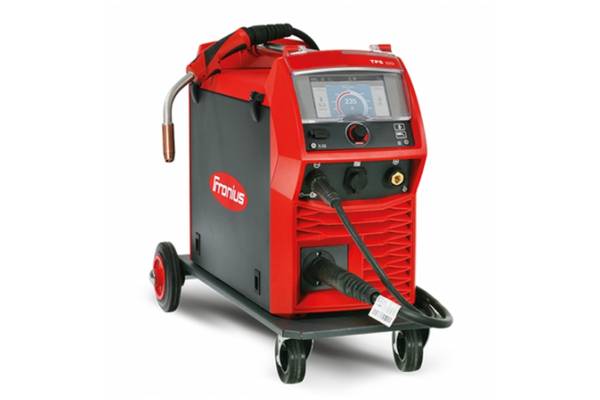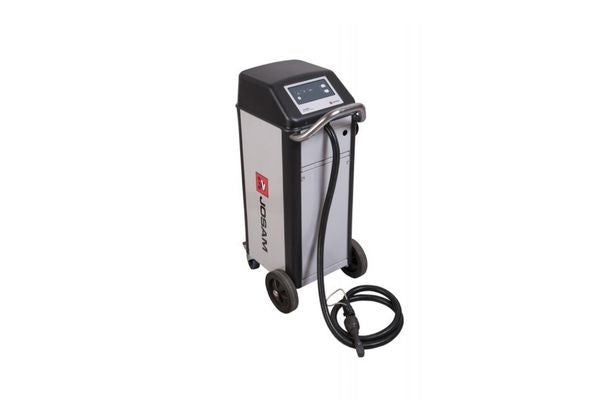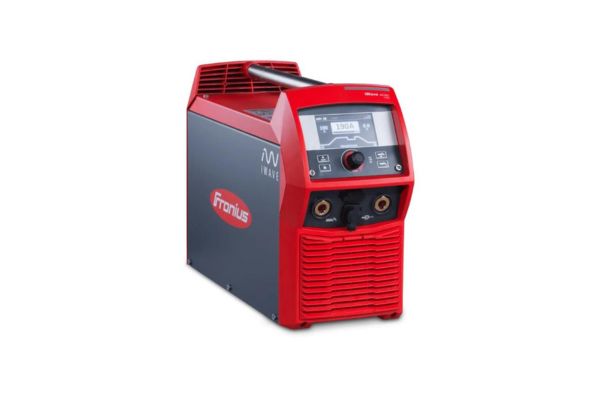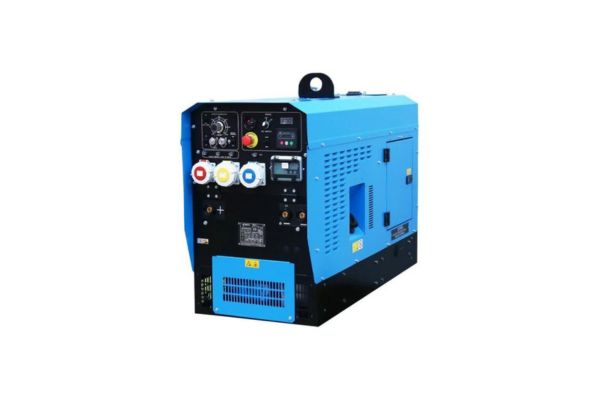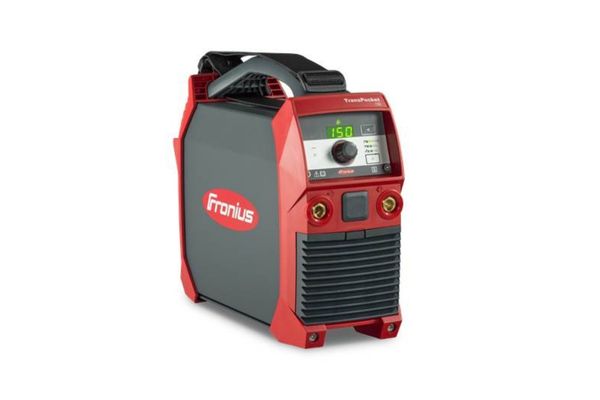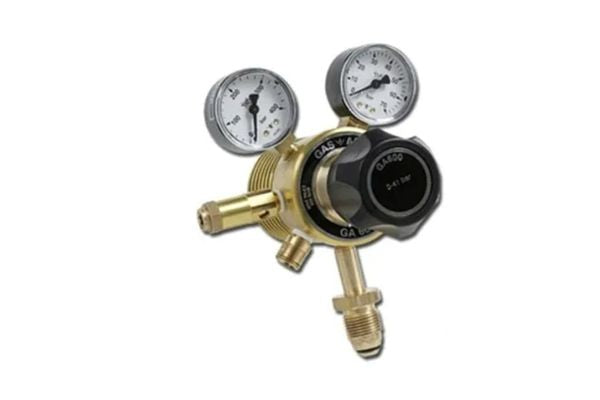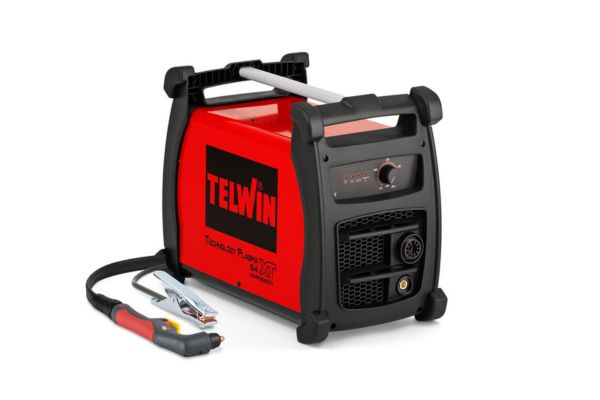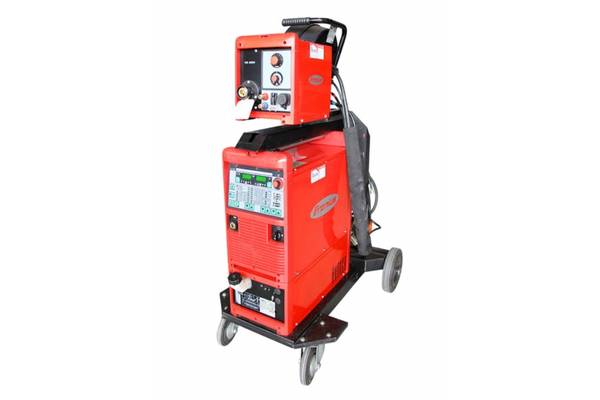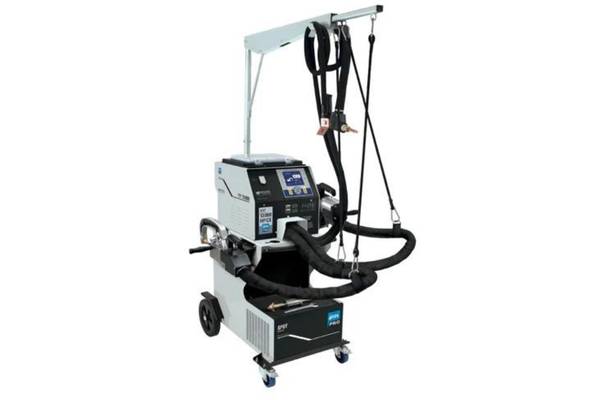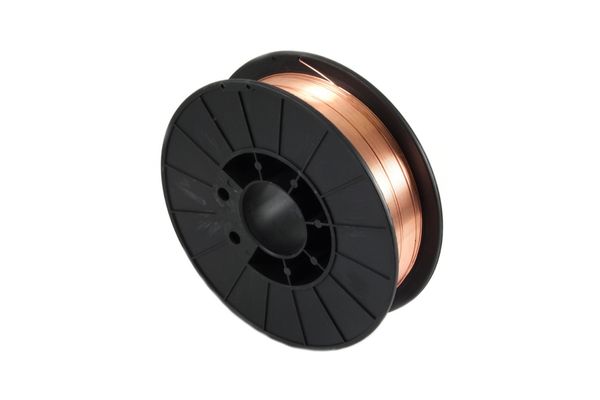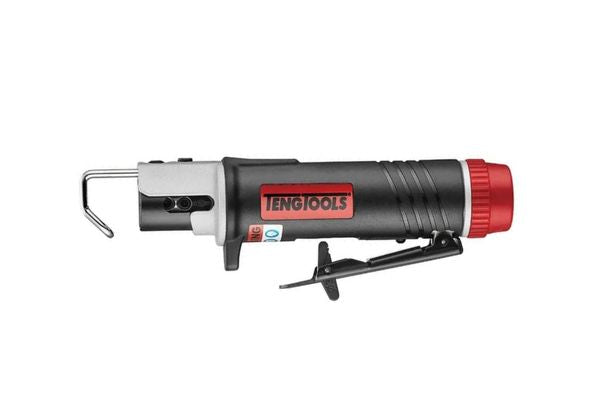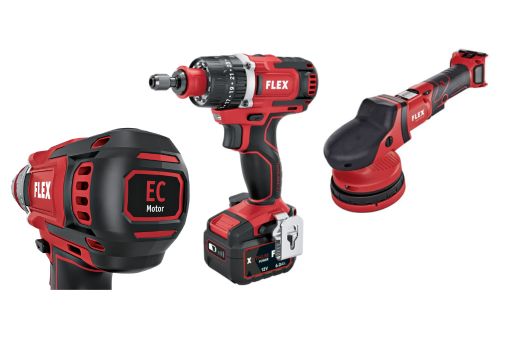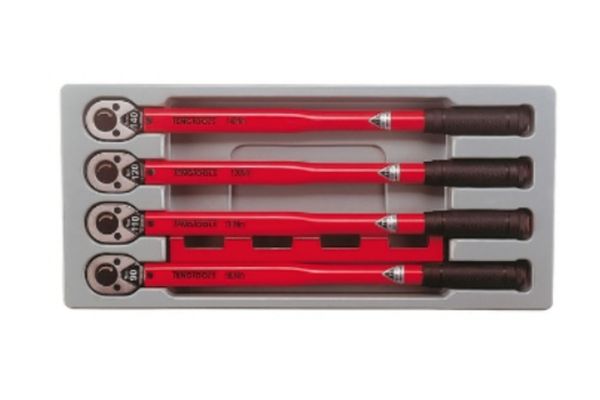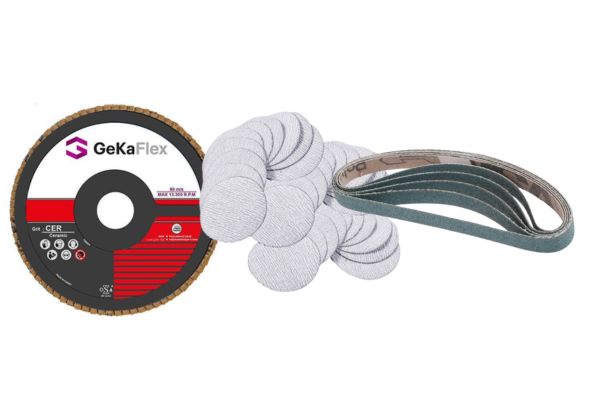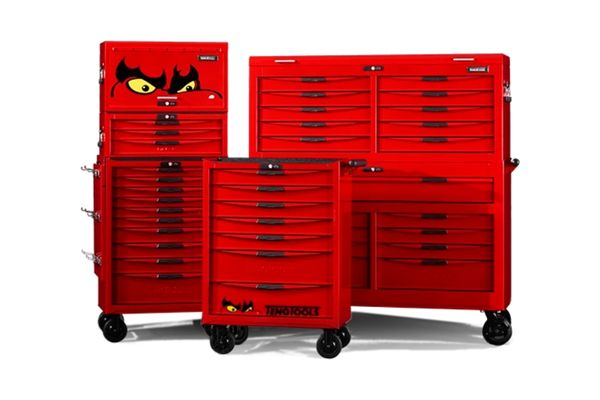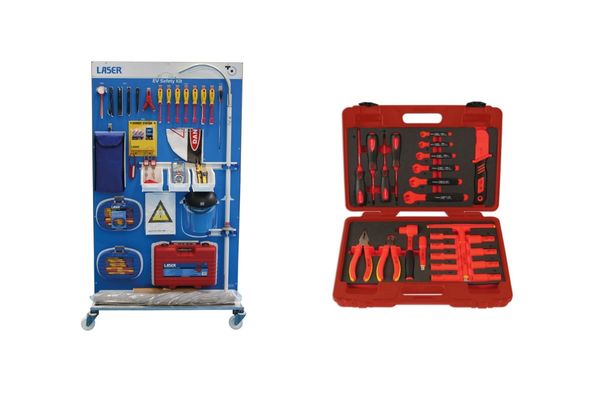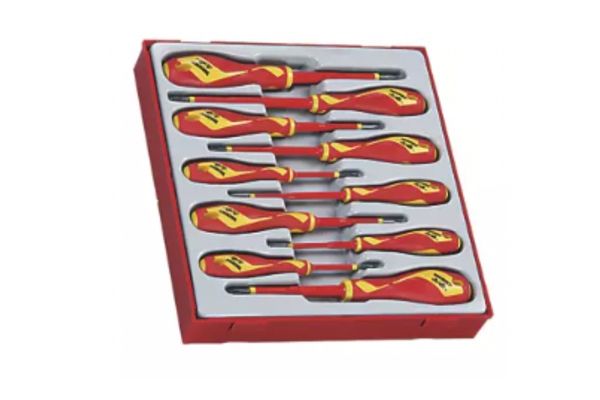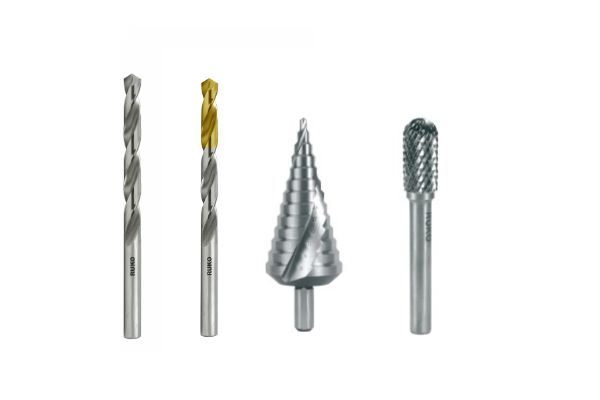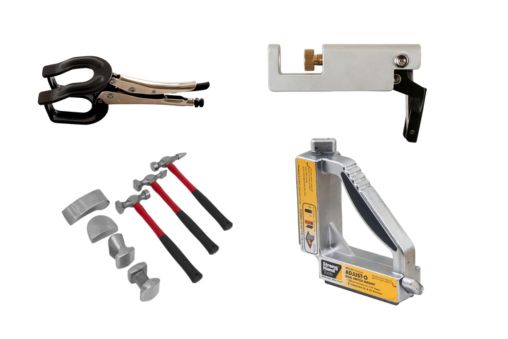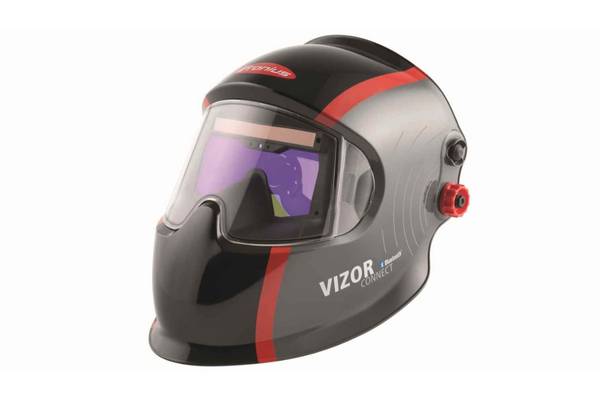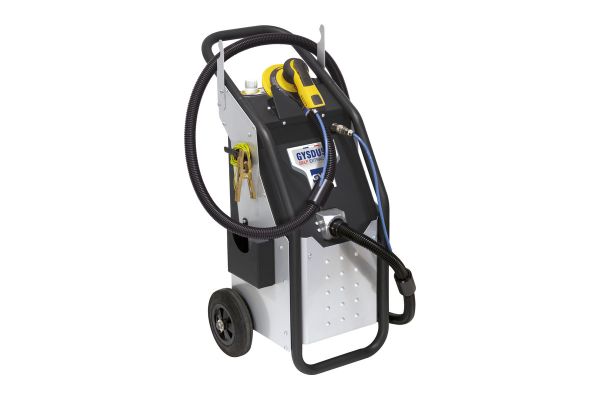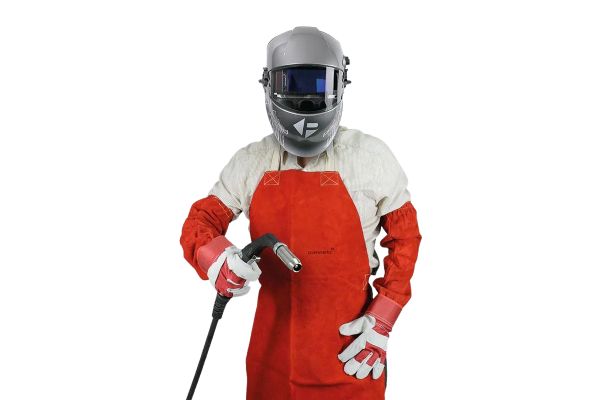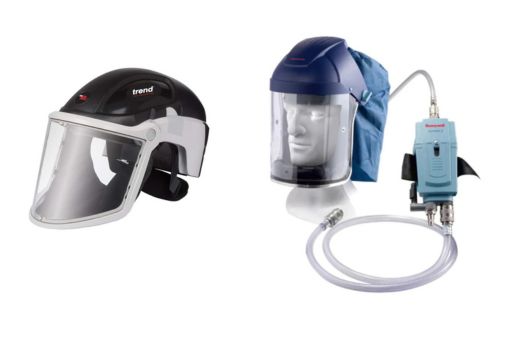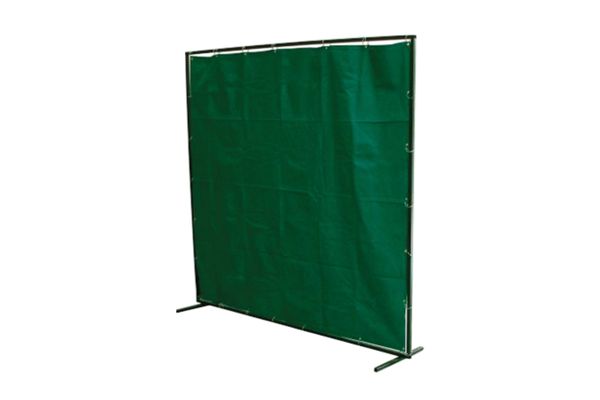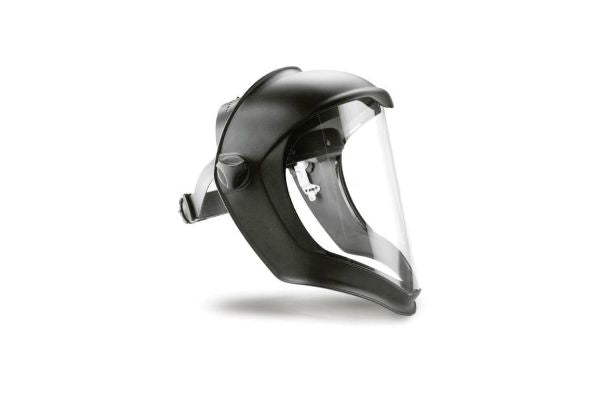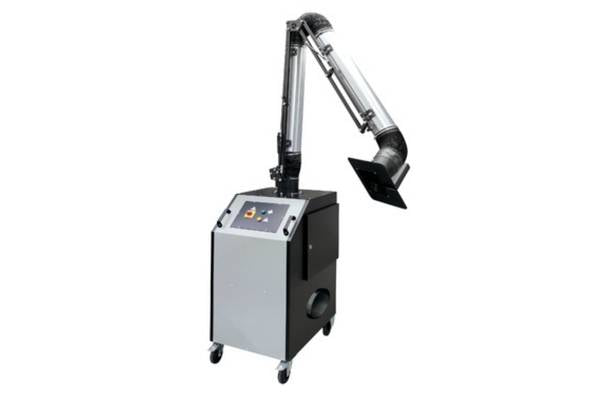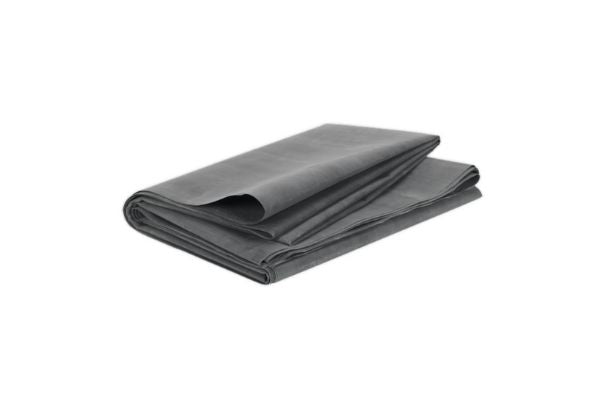NEW Glue Pulling Systems- In Stock!
NEW Glue Pulling Systems- In Stock!
BODYSHOP
WORKSHOP
WELDING
TOOLS
SAFETY
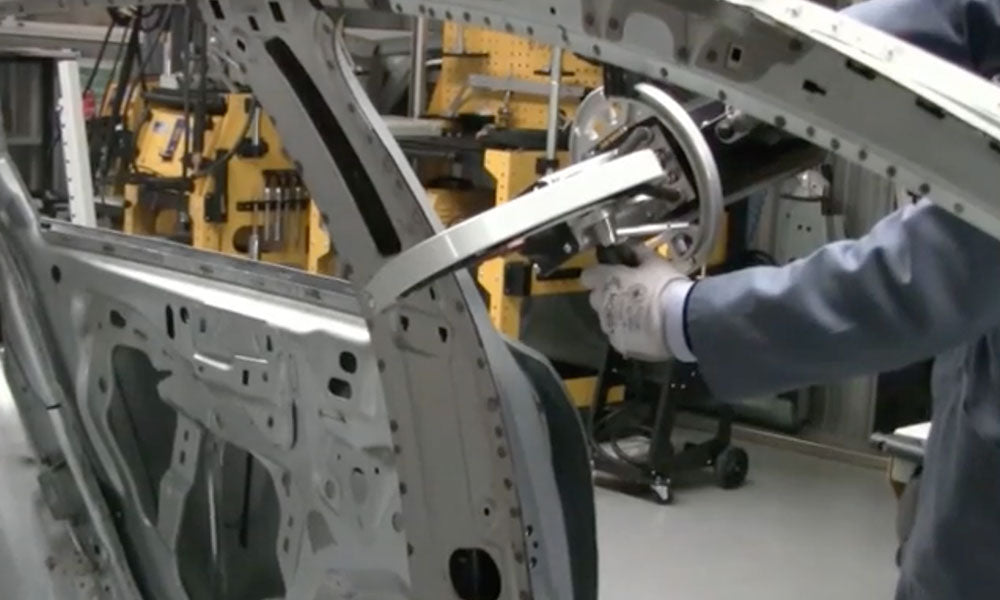
Are Smart Spot Welders Really Smart?
November 15, 2019 4 min read
The Importance of SpotWeld Diameter When Repairing Automobiles!
Spot welding is the primary repair method for building and repairing a vehicle. Manufacturers look into the weld strength required when designing a vehicle and this is tested during crash rating tests, but what about in aftermarket vehicle repair?
We wrote in a previous post "How To Carry Out a Peel Test" prior to spot welding on the vehicle but do you know why we do these tests and how they came about?

Why Do We Do Peel Tests?
Peel tests are the easiest way to see if a weld you wish to produce is correct before you actually weld on the vehicle.
We produce a spot weld peel test by cutting out two tags from the old panel then spot welding and peeling these tags.
The heat-affected zone of a spot weld is the weakest part of the weld and a correctly performed weld and subsequent peel test will mean the steel peels here and produces a nice round button. But is this button correct?
Peel testing came about because many years ago there was no way of checking a spot weld while it was being performed, now with the advent of impedance and measurement testing the control of the welding parameters can more accurately be predicted.
These new functions are either called smart, expert or automatic and are usually sold as one-button operation or easy welding.
They have improved spot welding integrity and quality but cannot be relied upon completely otherwise there are circumstances when you may be welding incorrectly.
Expert Mode
The "expert" or "smart" modes on spot welders are essentially programming. An engineer at the factory has carried out hundreds of welds on the stipulated thickness weld tags and carried out destructive tests. Once he reaches the desired settings and weld appearance for the chosen material he then places this setting in the welder.
Do this for different materials and different thicknesses and you end up with a synergic graph.
While welding, measuring equipment is used to record the welding current, thickness, impedance and weld time, this is then checked against this synergic curve while the weld is being performed until it meets the correct result.
The spot welder continually checks and alters its outputs as the weld is being performed so that the desired setting can be achieved. If it can it will say OK or a green light etc.
This is a really useful feature and does work up to a point, enabling the operator after initially carrying out a calibration check to weld any material with a simple press of the button.
The problem though is that most of the programmes are designed for designated nugget size, namely 6mm.
Technicians learn from the beginning when carrying out repairs on automobiles to replace welds like for like. Therefore if a technician drills off 10 spot welds he will replace with 10 spot welds.
But what happens if he drills off 10 spot welds with a nugget diameter of 10mm and then proceeds to weld in the smart mode he will replace those welds with a 6mm nugget. Therefore reducing the weld area by 4mm per spot weld and the panel by a third.

Even the semi-automatic settings on a welder are not correct. Most spot welding machines give a setting by material thickness shown in mm but there are many different types of steel used in vehicle manufacture so what setting is correct?
I always teach technicians to ignore what the welder is telling them and go off observation and the size of the weld nugget.
The mm settings on the Elektron MI100 above are NOT mm settings. There are too many variables for steel types, materials and stack configurations to give a simple thickness setting.
Using a peel test tag, select what setting you want and then measure the resulting weld against the size of spot weld on the vehicle. Always replace like for like in size and quantity unless a manufacturer recommends otherwise in repair methods.
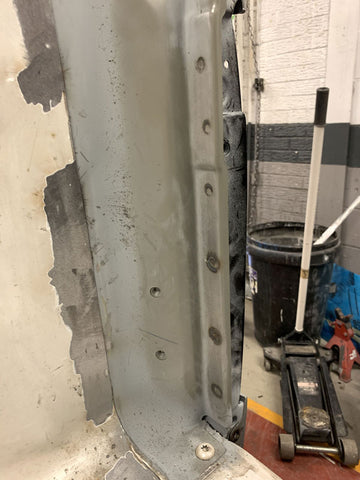
Smart Mode Isn't always right
Smart mode is not always right, a lot of the time the welder cannot produce the correct weld but it tries. You will notice this when welding, all of a sudden the welder will weld for a very long time producing a substandard weld in the process. The welder though says its "OK" as it has met its parameters but a quick look at the visuals will tell you it has not. This could be because of many factors, in the case of the picture above its because his electrode shape and cleanliness was bad. Funnily enough this "smart" welder cant tell you this!

![]() Download Spotweld Visual Check
Download Spotweld Visual Check
Finally, smart weld makes the welding machine weld three times longer than an average spot weld. This decreases the duty cycle of the machine and causes overheating of your welder, it also reduces the lifespan of your electrodes.
Talking of electrodes 😁 if you want electrodes for your spot welder check out our great quality electrodes here
Leave a comment
Comments will be approved before showing up.


